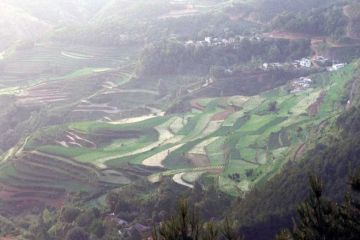Rampant
deforestation and loss of habitat in Odisha and Jharkhand forced elephants to
migrate to the forests of Chhattishgarh in the 1980s. In Raigarh, Korba,
Jashpur and Surguja districts, where a lot of forest land is being diverted for
coal mining, foraging elephants often enter villages, attracted by the crops in
the fields. Official records say the resulting human-elephant conflict has
caused 8,657 incidents of property damage and 99,152 incidents of crop damage
between 2005 and 2014.





